Reportar esta entrada
Más sobre la misma comunidad-colección
Jinete durante Sun Bowl Parade 2008
This horseman dressed in a traditional blue suit joined the Sun ...
Banda en Traje Gris durante Sun Bowl Parade 2008 El Paso,TX
A band in grey suits and with sombreros is playing during the ...
Hombre and Nino a Caballos durante Sun Bowl Parade 2008
Men on horses in traditional dresses were part of the 2008 Sun ...
Carro durante Sun Bowl Parade 2008
A nicely restored red and black carriage, which is drawn by four ...
Barco con Sol Princesas durante Sun Bowl Parade 2008
In this decorated ship the Sun Princesses were sitting during ...
Vagón con Ocho Caballos durante Sun Bowl Parade 2008
A wagon is rolling along Montana as part of the Sun Bowl Parade ...
Coche de Bomberos durante Sun Bowl Parade 2008
The Fire Department was also represented during the Sun Bowl ...
62ª banda del ejército durante Sun Bowl Parade 2008, 1
The image shows the 62nd Army Band of Fort Bliss during the Sun ...
62ª banda del ejército durante Sun Bowl Parade 2008, 2
In this picture one can see the 62nd Army Band of Fort Bliss ...
Pollo durante Sun Bowl Parade 2008
This balloon in form of a chicken with a hat in the colors of ...
Jinetes con Banderas durante Sun Bowl Parade 2008
Two men on horses are holding the U.S. flag and the Texas flag ...
Cuarto de Julio Fuegos Artificiales 1
The picture was taken during the Fourth of July celebrations in ...
Cuarto de Julio Fuegos Artificiales 2
The picture was taken during the Fourth of July celebrations in ...
Cuarto de Julio Fuegos Artificiales 3
The picture was taken during the Fourth of July celebrations in ...
Cuarto de Julio Fuegos Artificiales 4
The picture was taken during the Fourth of July celebrations in ...
"Far West Texas Wildlife Trail" Letrero
The sign says "Far West Texas Wildlife Trail". This ...
Humphrey Séquito durante Campaña Presidencial en 1968
This picture shows parts of the entourage of Hubert Humphrey, ...

















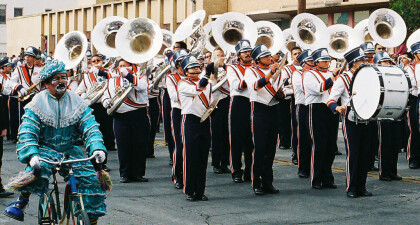
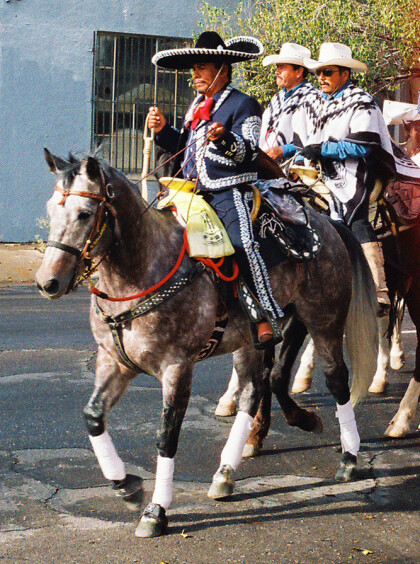
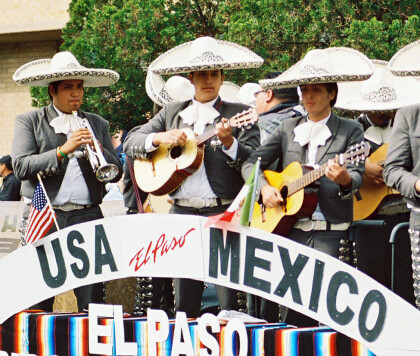
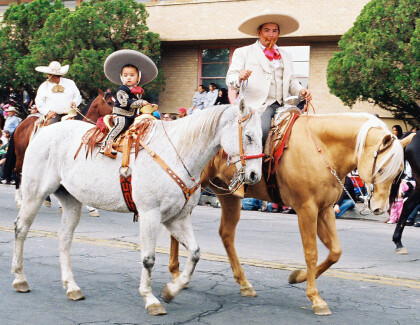
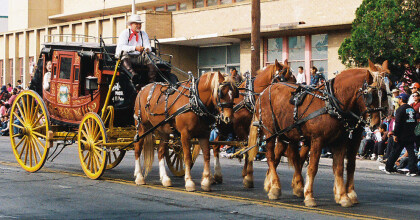
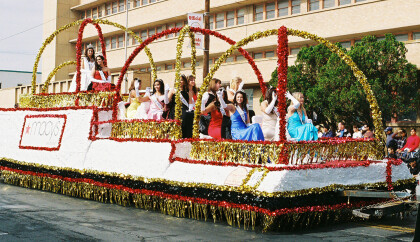
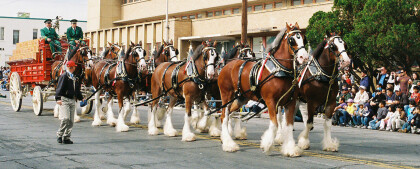
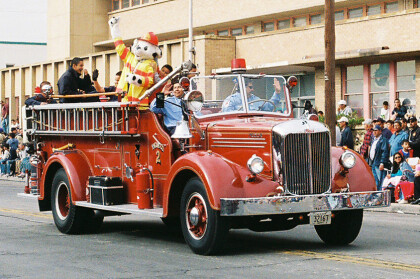
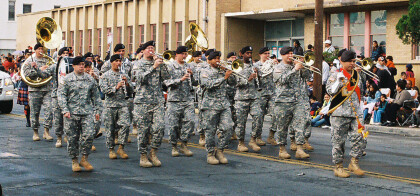
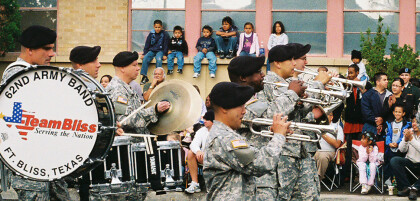
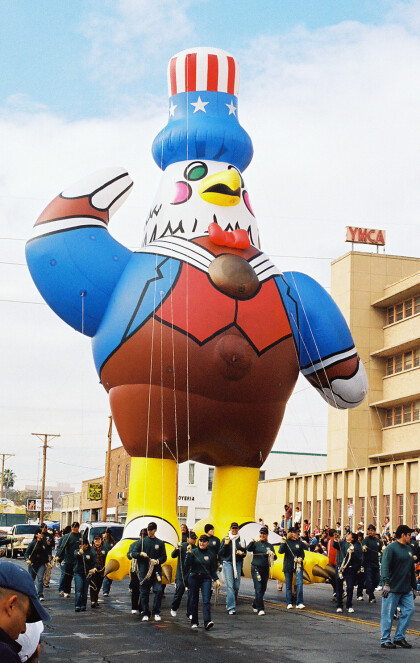
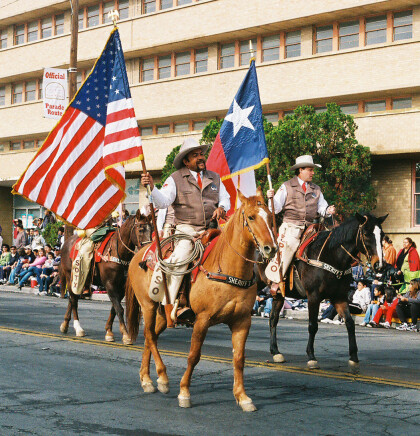
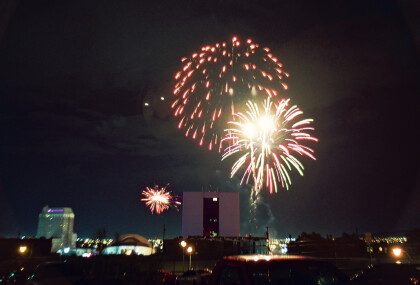
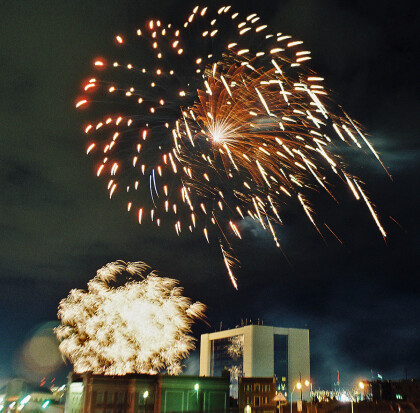
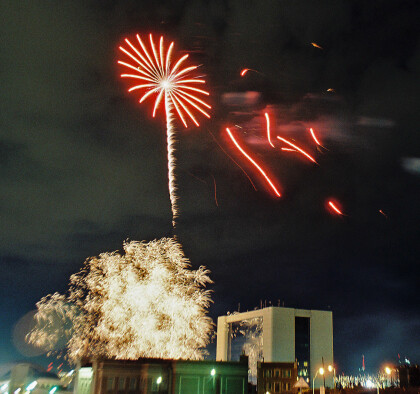
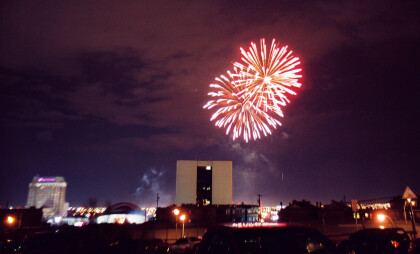
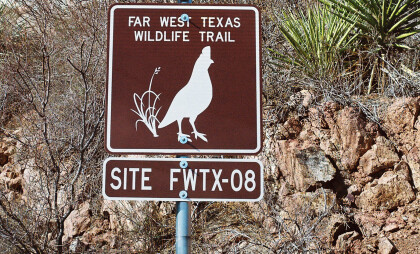
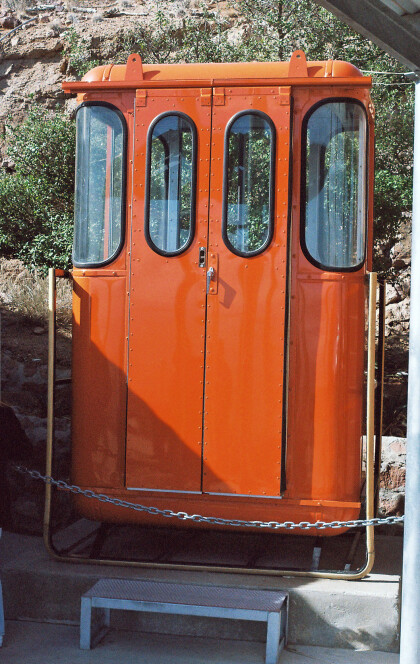
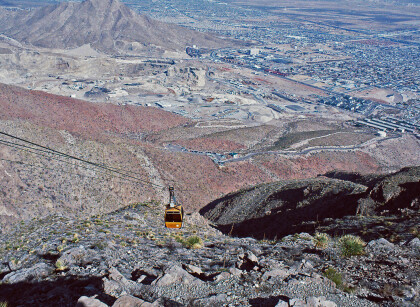
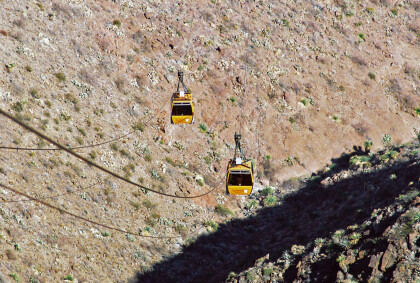
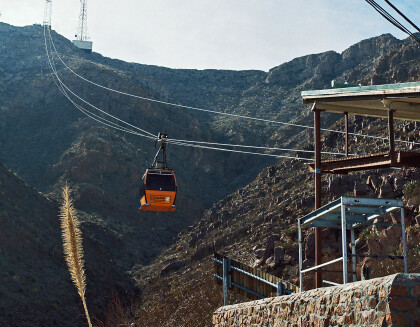
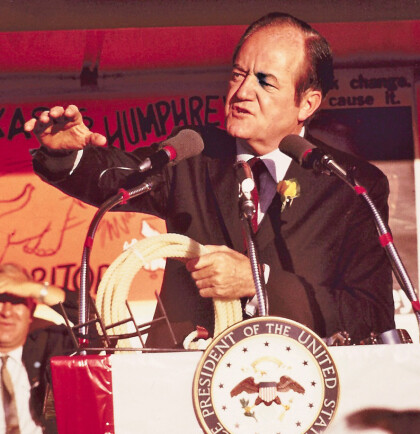
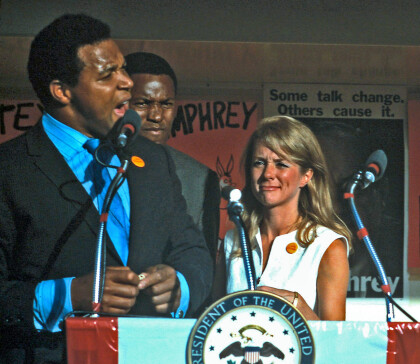
Comentarios
Hacer un comentario